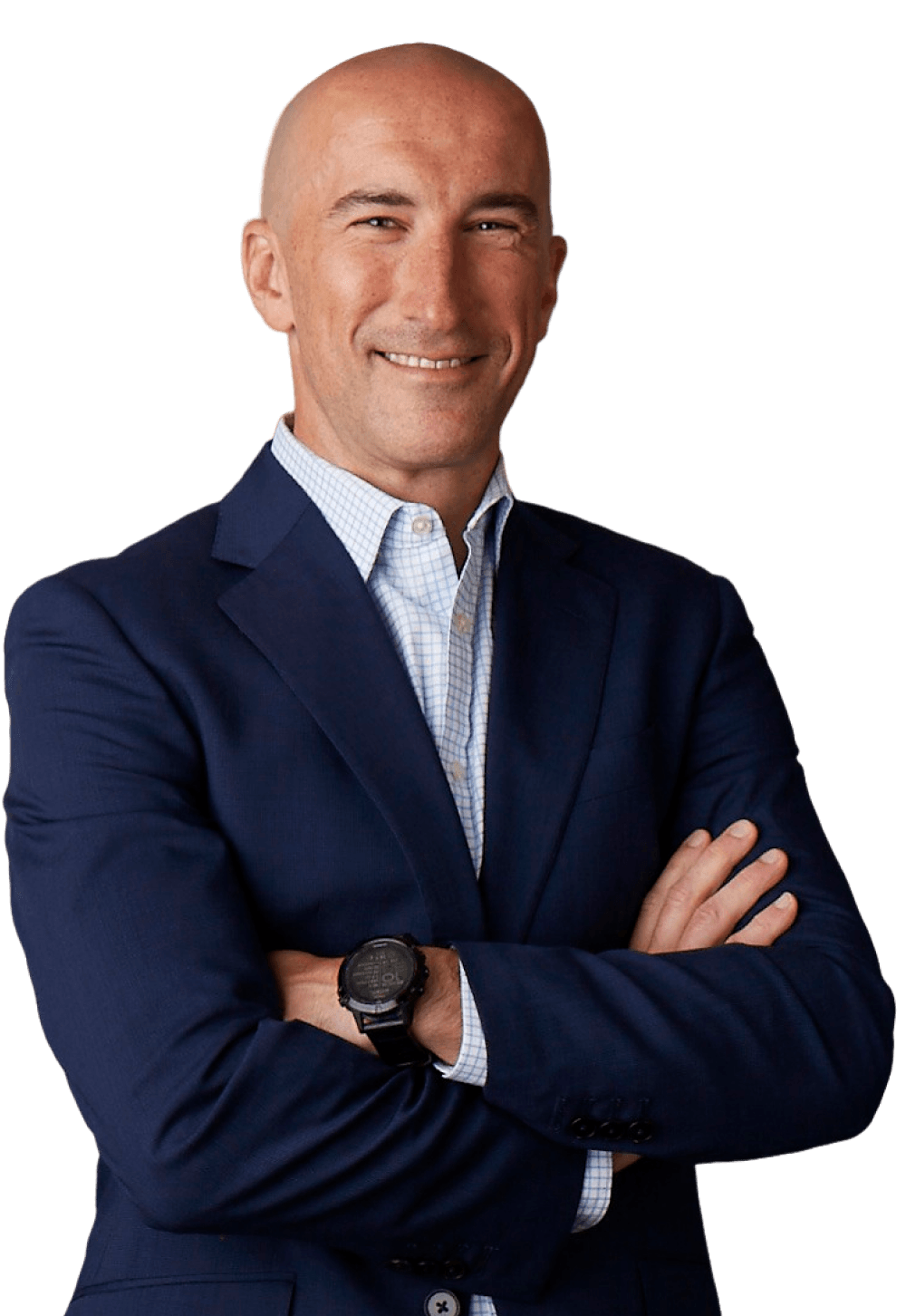Schedule a talk with one of our advisors to learn more about Summitry and how we can help you get a foothold on your financial life. For career opportunities please visit careers at Summitry.
Team
Insights
Pages
- Let's Talk
- Phone / Directions
Investing in an Uncertain Economic Environment
Jul 14, 2020

Q2 2020 Quarterly Commentary – July 1, 2020
The second quarter saw equity markets soundly recover from levels reached in the most acute phase of the market crisis caused by the emergence of COVID-19. Following the first quarter, which saw losses in the Dow Jones Industrial Averages, S&P 500 and Nasdaq Composite indexes of -22.7%, -19.6% and -14.0%, respectively, the indexes rode a wave of fiscal and monetary stimulus, as well as a strong outlook on earnings of technology companies, to gains of +18.5%, +20.5% and +30.9%, respectively in the second quarter. Most international equity markets followed suit, as governments around the globe followed a similar playbook as the United States. U.S. government bond yields remained roughly in line with the levels of March 31st, while corporate credit spreads narrowed, reflecting the effect of Federal Reserve bond buying (quantitative easing), and a recovery in confidence among credit investors. Responding to those factors, the Barclays Aggregate bond index returned +2.8% during the quarter.
No Guidance, No Problem
The market is a barometer of future corporate profitability, but in times of uncertainty like these, the market seems to have difficulty finding an appropriate level because the direction of corporate earnings is even more difficult to predict than usual. Daily volatility, to the upside and the downside, remains elevated even months after the government acted to avert a deeper market crisis. During the most recent quarterly earnings announcements in April and May, a significant number of management teams withdrew any guidance related to profits for the remainder of 2020. With earnings season upon us again, we will not be at all surprised to see the same, with little forward earnings guidance. Consequently, we are prepared for continued volatility in equity markets. As investors, we are forced to take a ride that is not always enjoyable, but we also know that it is necessary to stay invested in equities if we wish to build wealth for ourselves and our children. The alternative would be to step aside, but this strategy would almost certainly not deliver the growth we need to fund our futures.
Our approach, as we’ve described so many times before, is to treat a share of stock as fractional ownership in a business that has a quantifiable intrinsic value tied to future earnings of that business. If through our research process we can develop conviction about a company’s future earnings power, then we can estimate what the stock is worth. If that stock trades at a price below our computed intrinsic value, then we should feel comfortable owning it. If it trades at a premium, then we should consider finding a replacement. It is critical to recognize that this research process looks forward many years in the future, because the bulk of our companies’ earnings will be realized years beyond the present period. This investment discipline sounds simple and straightforward, and in principle, it is. However, in times of crisis and market volatility, when management teams are unable or unwilling to provide near-term guidance, the temptation is great to turn one’s back on this approach. We believe those who do, do so at their peril. Markets, as we saw in the second quarter, can reverse their losses as quickly as they appeared.
The timing and extent of stock market moves, up or down, is too uncertain and random for us to anticipate. Throughout our careers, however, we have seen that markets that have declined due to economic recession have recovered their losses long before there was any sign of an economic recovery. We don’t expect this time to be any different. We expect more disappointing economic news in the coming weeks as management teams report the second quarter’s earnings. When describing the road traveled during the past three months, managements will tell us about plant and store closures, asset write-downs, provisions for uncollectable payments, customers lost and orders deferred. We don’t expect it to be a pretty picture. What will be more interesting to us are the comments managements will make about the future, and about their plans for their business recovery. Many will still not provide specific economic or earnings guidance, but they will present a mosaic of observations and opinions that we can use to adjust our financial models and update our estimates of intrinsic value. We don’t expect that our views of value of our holdings will change dramatically over this latest three-month span, since intrinsic value is a function of long-term earnings, but they may change on the margin based on what we learn. We might make purchase and sale decisions based on our findings.
Is the Market Too High?
We think it’s true that the Federal Reserve’s quantitative easing program, whereby it “prints” money to purchase securities in the open market, has helped fuel the market’s recovery from its March lows. This was precisely what the program was designed to do. It is unlikely that either the market or the economy would be where they are today without that intervention. It is reasonable to question what would happen if the Fed were to reverse this monetary stimulus. Our response is that we believe the Fed governors are well aware of the Bank’s influence in the equity and credit markets, and of the impact that a dramatic reversal would have on these markets. Our view is that the Fed will gradually back away from these policies once markets are able to function on their own, as it did in the years following the last financial crisis. Meanwhile, the intervention has lifted prices of certain securities to prices that make them no longer attractive to own. One example is many high-grade government, corporate and municipal bonds offer little yield. Savings accounts and money market funds offer virtually no yield today. Stocks are too diverse a category to draw a general conclusion, but it is fair to say that we are passing on many opportunities due to their extreme valuation. Our simple solution is to remember that we don’t have to own the entire market, but that we can focus our attention on a few securities that offer value. This process boils down to the holdings we have chosen for your portfolio, for which we have confidence in both their business models and their valuation.
In contrast with the first quarter, which was very active from the standpoint of purchases and sales in our managed accounts, the second quarter was fairly quiet. Other than some additions to, or trimming of, existing positions, we only executed one outright sale in our Core equity accounts, as described below.
Q2 Portfolio Changes
Please keep in mind, these commentaries should not be construed as a recommendation to buy or sell the securities discussed. Such decisions are made only within the context of the market environment as we perceive it at the time of the decisions and the structure of the diversified portfolio of which the securities are a component. ***
General Electric
General Electric is one of the largest industrial conglomerates in the world offering products ranging from aircraft engines and medical equipment to gas turbines. GE holds a dominant position in its end markets, and each of its segments benefits from strong barriers to entry and customer switching costs. When we first initiated the position, the company was facing a cyclical downturn in its Power segment and a reserve shortfall in a legacy insurance portfolio. Our thesis was that some of the issues in Power were self-inflicted and could be fixed, even if the cycle didn’t turn in the near future. We also thought that the insurance portfolio didn’t jeopardize GE’s financial stability and that strong performance in Aviation and Healthcare would more than offset any short-term pain from Insurance and Power. Long term, we saw plenty of opportunity for GE to streamline all segments, reduce leverage, and simplify the business by exiting underperforming units.
During the first two years of our ownership, there was plenty of evidence that GE was moving in the right direction. The company has divested the Oil & Gas segment to Baker Hughes, merged the transportation business with Wabtec, and sold a large portion of the healthcare business at a very attractive price. GE has also completed a major reorganization of the Power segment and took definitive steps to improve its performance. The company was able to stabilize the insurance portfolio and launch a plan to run it off in a way that limited the financial impact on other segments. GE’s balance sheet was on the mend and financial results were finally in recovery mode.
But then COVID-19 happened, and the world has changed in a dramatic way. When we purchased the stock, we assumed that Aviation, the company’s crown jewel, would continue generating substantial profits that would support the turnaround efforts in other segments. Unfortunately, the pandemic hit commercial aviation hard, leading to a sharp drop in air traffic and lower demand for new engines and maintenance services. After flying high for decades, the pandemic forced Aviation to perform an emergency landing.
While air traffic has improved from the pandemic lows, demand for new jet engines and maintenance services will take years to recover. In our opinion, returning to 2018-2019 levels could take at least 3 years. Given this turn of events, we now have much less confidence in GE’s ability to complete its turnaround within a reasonable timeframe, and that’s why we have exited the position. We are obviously disappointed by the outcome, but when the circumstances change, we must adjust our thinking and respond accordingly.
New Space and New Associates
We take possession of a brand-new office today at 919 E Hillsdale Boulevard, Suite 150 in Foster City. The space is fabulous! Unfortunately, the offices will sit mostly empty as we establish a new protocol that maintains social distancing, but it will still be nice to call home a space that is better equipped to entertain clients who prefer meetings in person to those online. We will follow San Mateo County guidelines and common sense as we re-open our business to visitation from clients. We can’t wait to see you there in the not-too-distant future.
Meanwhile, we feel that we have become fairly proficient at operating our business from remote locations and have even added to our team in the most recent quarter to serve our growing client base. In June, we welcomed Diana Le and David Langhals, CFP® to our ranks of Financial Planning Associates.
Diana Le graduated in 2018 with a Bachelor of Arts degree in Business Administration and Management with focused studies on financial planning from CSU Fullerton. Diana has completed the educational requirements to earn her CFP® certification and will soon have the necessary work experience to qualify her to sit for the examination. She launched her career in our industry, taking Client Service Associate roles with UBS and Bordeaux Wealth Advisors. With this terrific background, she has hit the ground running for Summitry and is already making an impact. Diana’s passion, outside of serving clients, is “overlanding,” a fusion of off-roading and camping to remote locations where the journey is the principal goal. We look forward to hearing about her adventures.
Our most recent addition is David Langhals, who joined us last week. David is a 2013 graduate of The Ohio State University, where he earned a Bachelor of Sciences degree in Consumer and Family Financial Services. David became a Certified Financial Planner® in 2018 while working for Vuecrest Wealth Management in Bellevue, Washington as an Associate Financial Planner. Interestingly, David spent a year-and-a-half in his early career with Tesla Motors, serving as a Product Specialist, Inside Sales Advisor and Ownership Advisor. Naturally, we will direct questions about your upcoming automotive purchases and their impact on financial plans to David. Outside of work, David participates in competitive ultimate frisbee, and was a member of the Most Spirited men’s team at the 2019 Pan-American Ultimate Championships. He is seeking high school coaching opportunities in the sport as he settles in the Bay Area.
We look forward to speaking with you, and if you would like to come in for a visit, please drop us a note or give us a call.
***The securities identified do not represent all of the securities purchased, sold or recommended for client accounts. The reader should not assume that an investment in the securities identified was or will be profitable
GET THE NEXT SUMMITRY POST IN YOUR INBOX:
MORE INSIGHTS AND RESOURCES
Let's talk
Schedule a talk with one of our advisors to learn more about Summitry and how we can help you chart a path for your financial future.

Alex Katz
President


